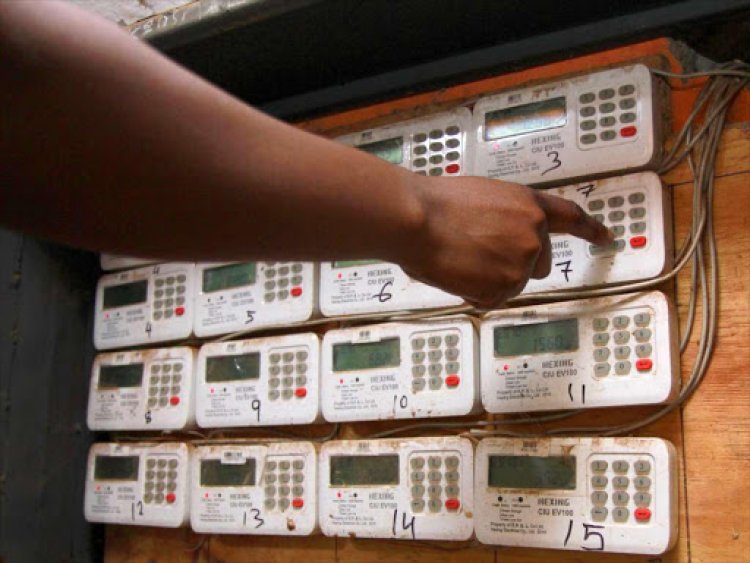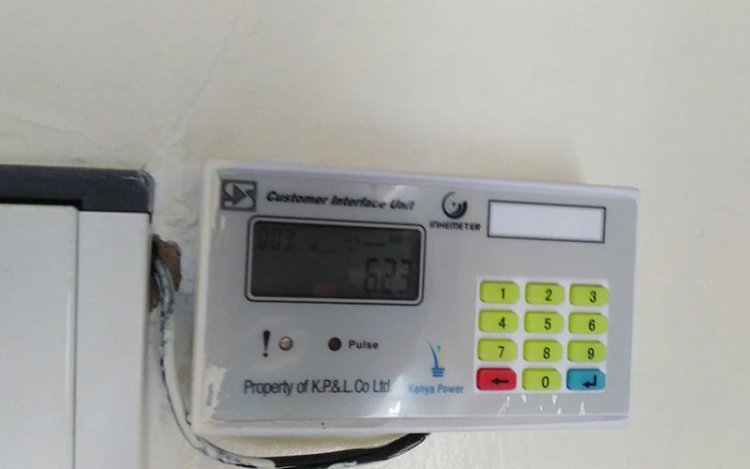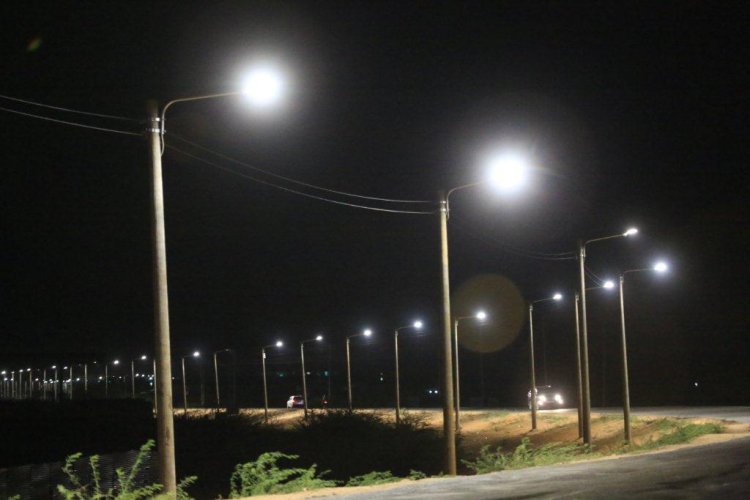Brace For Higher Power Prices From April 1- EPRA
EPRA raised base power prices to Ksh12.22 per unit from Ksh10 for those consuming below 30 units, an increase of 22.2 per cent.

Kenyans will be from April 1, 2023, forced to pay more for their electricity following the approval of higher tariffs by Kenya Power from the Energy and Petroleum Regulatory Authority (EPRA).
The approval announced on Friday evening, March 24 will see electricity prices from next week go up by 63 per cent, one which aims to raise more money to fund the upgrade of its ageing distribution systems.
In the first review, EPRA raised base power prices to Ksh12.22 per unit from Ksh10 for those consuming below 30 units, an increase of 22.2 per cent.

Those consuming between 30-100 units won't be spared as the cost increased from Ksh10 to Ksh16.3, a 63 per cent jump.
Those consuming more than 100 units of electricity will pay Ksh20.97 per unit up from Ksh15.8 currently, a 32 per cent increase.
“With a view of meeting the social policy objective, the Lifeline Tariff band has been reduced from 100-kilowatt hour(kWh) per month to 30kWh, to cushion and address the needs of low-income households in the society,” EPRA stated.
“Accordingly, these consumers will be cross-subsidised by the other consumer categories in order to protect the vulnerable members of society. Despite this reduction, the Lifeline Tariff band will account for 6.3 million customers, representing 71.31 per cent of the total number of consumers. This covers a majority of the vulnerable sector base also known as 'Hustlers'."
The new tariffs are however a bit lower than what Kenya Power had submitted for review and approval in October, with the monopoly power firm previously requesting an up to 73 per cent increase in electricity prices.
The newly approved tariffs will see Kenya Power earn Ksh177 billion in revenues in the current 2022/2023 financial year, about Ksh18 billion lower compared to the Ksh195 billion the utility firm had targeted in its initial application to EPRA.
Based on the new tariffs, Kenya Power will net Ksh184.9 billion, Ksh189.6 billion, and Ksh193.7 billion in revenues for the financial years 2023/24, 2024/25 and 2025/26 respectively to meet energy purchase costs and allow for system expansion.
In the new tariff schedules, the domestic customer tariff category has been classified into domestic lifeline where consumption ranges up to 30kWh; domestic ordinary 31-100kWh, and domestic ordinary where consumption is above 100kWh.
“Domestic lifeline customer category will realise a reduction of four per cent in the end-user bills. This represents approximately 6.4 million customers. The small commercial 1 customer category will realise a reduction of four per cent in their end-user bills,” the regulator said.
“Domestic ordinary 1 customer category consuming between 30-100 and small commercial 2 customer category consuming between 30-100 will have an increase of 19 per cent in their end-user bills."
EPRA further noted that for those in the domestic ordinary 2 categories who consume above 100 units and small commercial 3 customer category, those consuming above 100 units in a month will have an increase of 14 per cent and 11 per cent in their end-user bills.
Commercial and industrial consumers will however realise on average a reduction of Ksh1.15 per kWh with EPRA explaining that “this will help spur economic activities of the manufacturing industries and in turn lower cost of goods”.
As for the street lighting tariff bracket, it will have the greatest cost reduction of Ksh1.88kWh by 2025/25 compared to the current rates.
The small commercial tariff category has been designated into small commercial (0-30kWh); small commercial (31-100kWh), and small commercial where consumption is above 100kWh.

Streetlights along a road. /TWITTER.KENYA POWER






